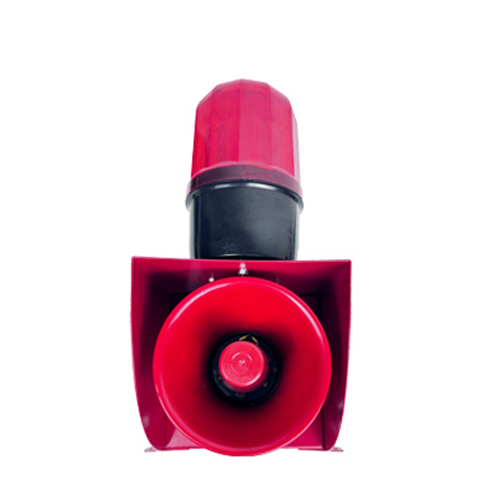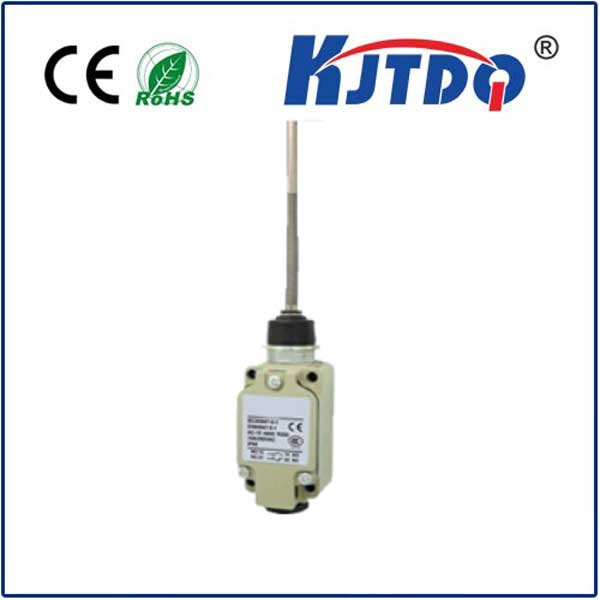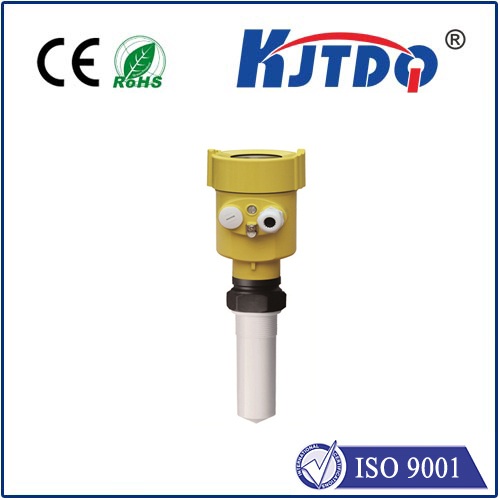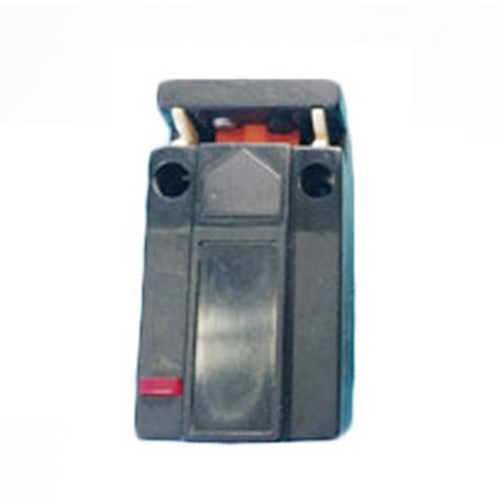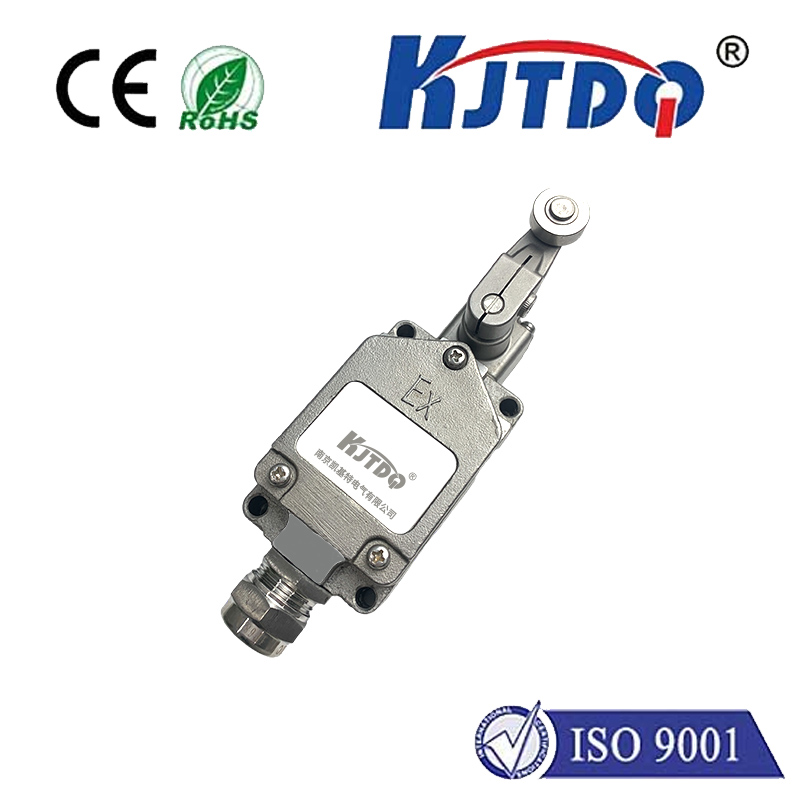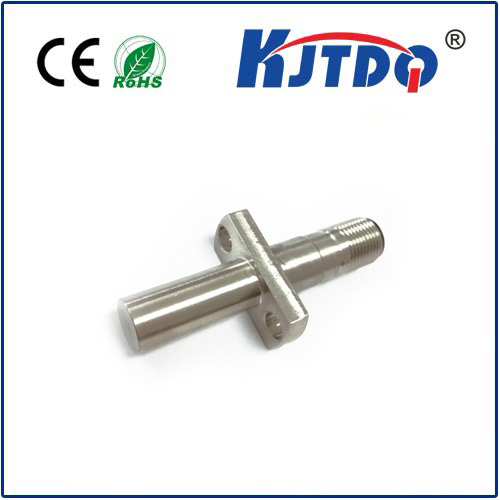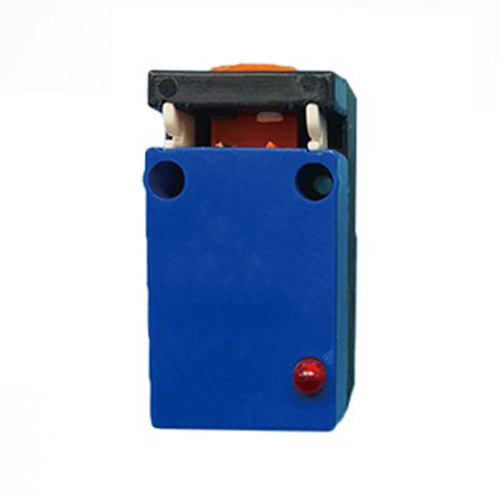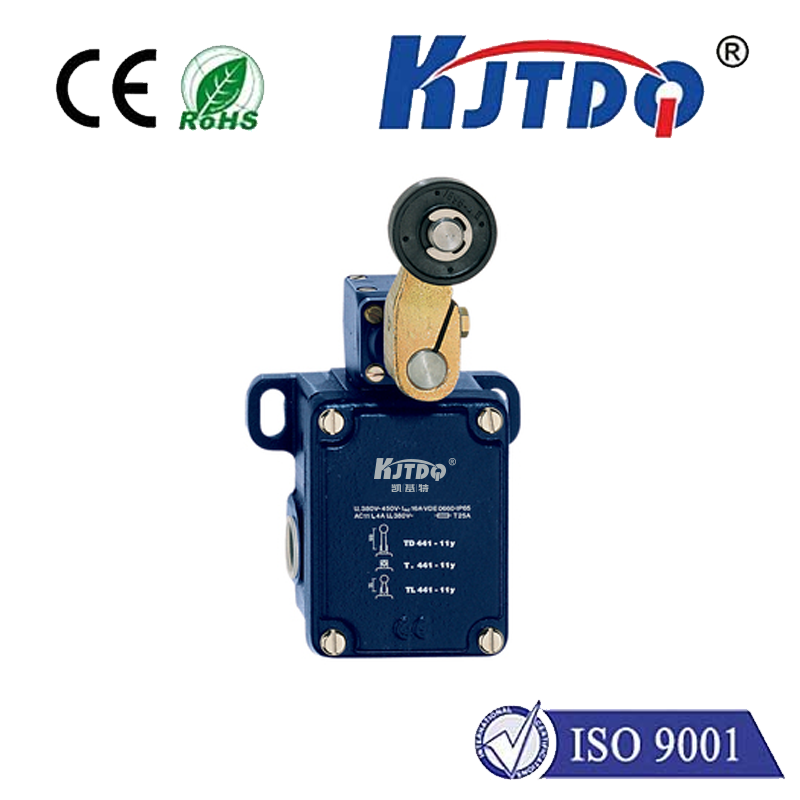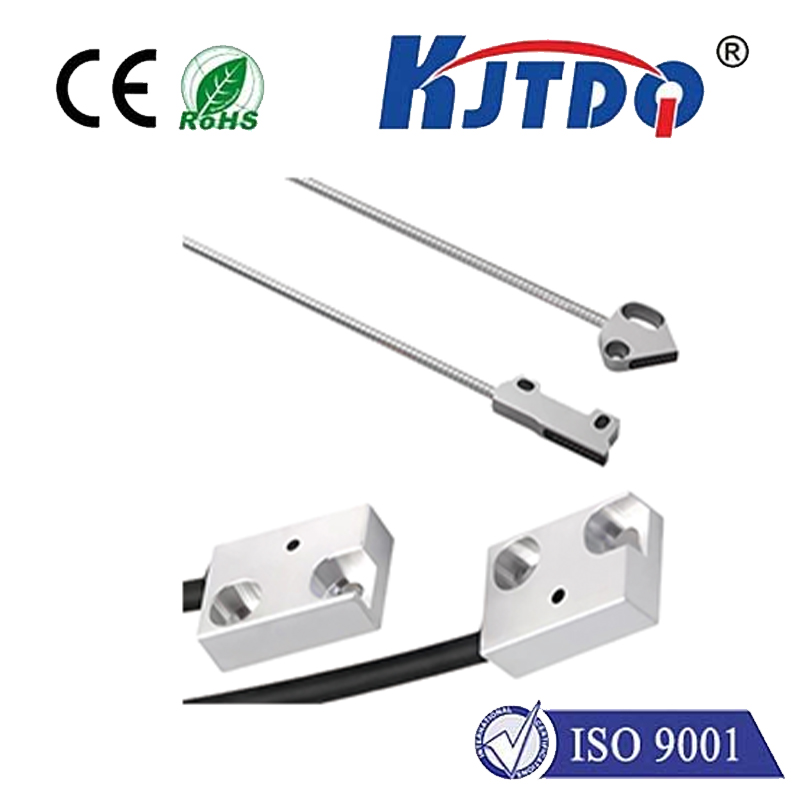

check

check

check

check

check

check

check

check

check

check
In the realm of CNC machinery and GRBL control systems, limit switches are crucial components that determine the physical boundaries of machine movement. However, the noise generated by these switches can sometimes lead to inaccuracies and operational issues.
There are two primary types of limit switch wiring methods employed in GRBL controlled systems: Normally Opened (NO) end switches. In this configuration, the switches are connected in parallel, meaning that when a moving part such as the head encounters one of the switches, the electrical resistance drops significantly, below a threshold of around 10 Ohms. This setup is favored for its simplicity in design and implementation. Yet, it is not without its drawbacks. One significant disadvantage lies in the system's inability to detect if one of the switches becomes disconnected due to a broken wire or similar failure. This could potentially result in a loss of control over the machinery’s limits, leading to collisions or unintended movements.
Despite their functional purpose, limit switches can be sources of 'noise', which can disrupt smooth operation. By 'noise', we refer to any electrical disturbance or signal anomaly that can cause false triggers or failures to trigger at the appropriate time. Such noise can stem from various factors including electromagnetic interference, faulty wiring, or even dust and debris accumulation within the mechanisms.
Addressing the noise issue first requires identifying its root cause. If the noise stems from electromagnetic interference, implementing shielding or using more resistant materials might help. For faulty wiring, regular inspections along with periodical checks for continuity and proper connections can prevent unexpected disruptions. Additionally, keeping the limit switches clean through regular maintenance can reduce noise from mechanical imprecision.
Furthermore, consider improving the system's resilience to noise by implementing software filtering techniques. These can help to differentiate between actual signal transitions and those caused by noise, thereby enhancing the system’s reliability.
Lastly, choosing the right type of limit switch for the specific application can also mitigate noise-related problems. While the simplicity of NO switches is attractive, other types like Normally Closed (NC) may offer better noise immunity under certain circumstances by providing a more stable signal when not triggered.
In summary, while noise in GRBL limit switches is a real concern that affects precision and reliability, understanding its causes and addressing them proactively can substantially improve performance. Through a mix of careful wiring practices, strategic software enhancements, and diligent maintenance, the negative impact of noise can be minimized. Ensuring that all components are working harmoniously will keep your GRBL controlled systems running smoothly, safely, and accurately.
In conclusion, managing noise in GRBL limit switches requires a comprehensive approach. Paying attention to details such as wiring methods, switch types, software filters, and routine maintenance can lead to substantial improvements in the accuracy and dependability of your CNC machinery. As technology advances, staying informed about new developments and best practices will only further enhance your ability to keep noise at bay and productivity at its peak.
